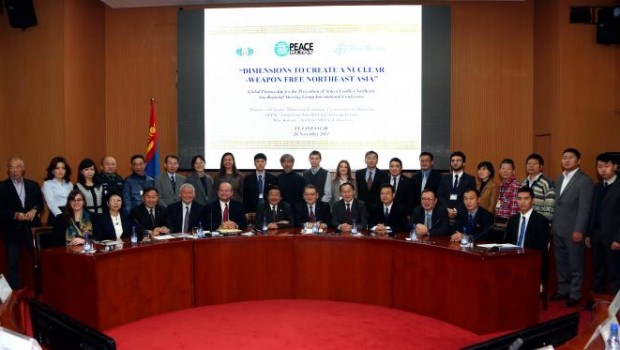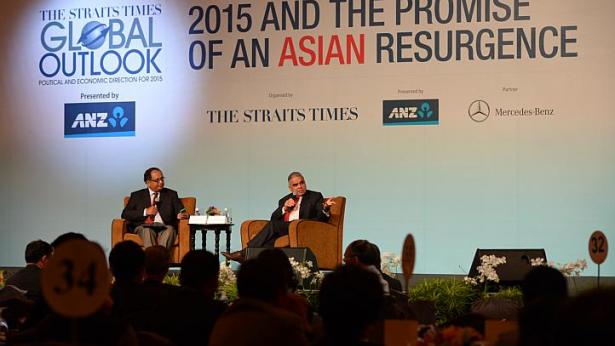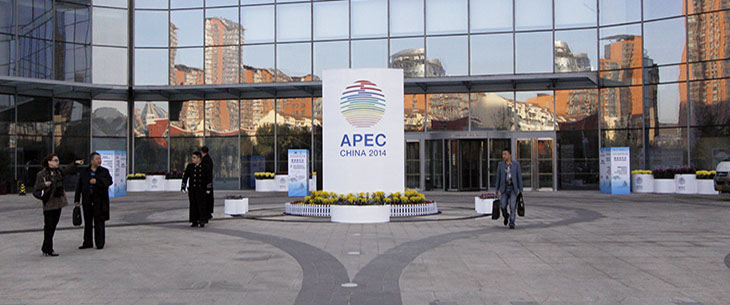By Shastri Ramachandran* | IDN-InDepth NewsAnalysis
NEW DELHI (IDN) – Prime Minister Narendra Modi may have been the toast at the high tables from BRICS and ASEAN to G-20 and the East Asia Summit, but nearer home, in the neighbourhood, his 56-inch chest impresses few. The stark truth that India does not draw much water in the region was driven home unmistakably during the 18th SAARC Summit in Kathmandu.
The November 26-27 SAARC Summit was dominated by India’s futile effort to check China’s influence in SAARC and over its member-nations. In this contest, China and its “all-weather friend” Pakistan not only got the better of India, but also won over others – such as Sri Lanka, Bangladesh, Nepal and Maldives – to their case.








